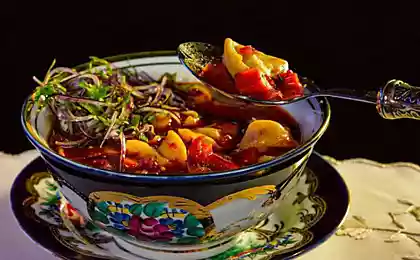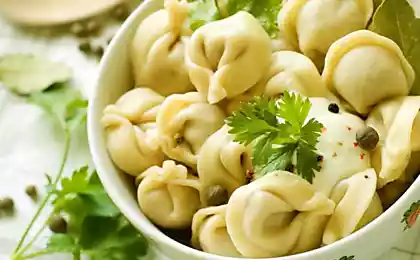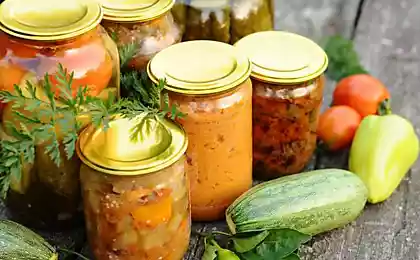230
Can vinegar improve the taste of dumplings?
What's with dumplings? Rarely what question about a simple and familiar dish from childhood can cause such an avalanche of contradictory opinions (except that it is still okroshka on kefir).
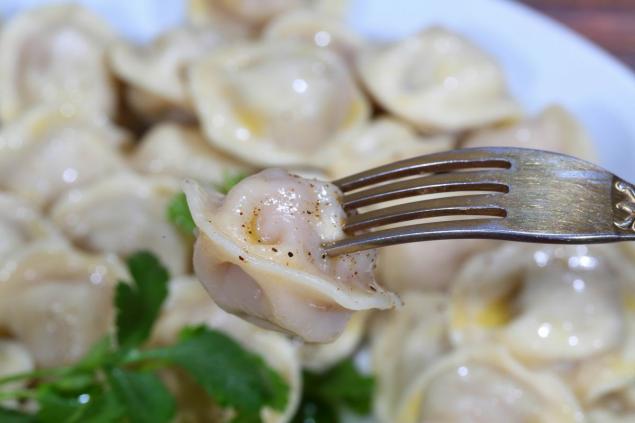
Dumplings both unite and divide people from all corners of our huge country: they are loved everywhere, but in different ways.
This is one of the most important questions for the Russian people.
You eat dumplings.
- listen, kitty (@kiskismeowmeow) January 15, 2020
With vinegar or sour cream, mayonnaise, mustard or butter, ketchup, broth or soy sauce. So many people, so many opinions, and today we will talk about dumplings with vinegar.
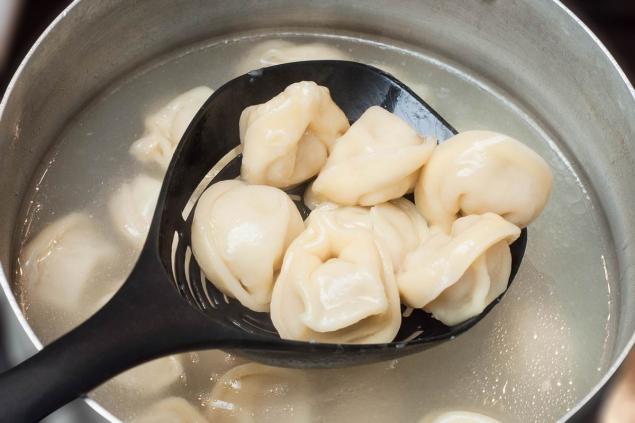
Where did they come from, what they say and write, how to dilute vinegar and how to eat dumplings with it, which sauce with vinegar tastes better and who should refrain from such a treat? Answers to all these questions in our article.
Most researchers believe that the birthplace of dumplings is China. But they came to us from the snowy expanses of Siberia and the Urals. Their name dumplings owe the form in translation from Komi-Permyak “pel” is the ear, and “nanny” – bread.
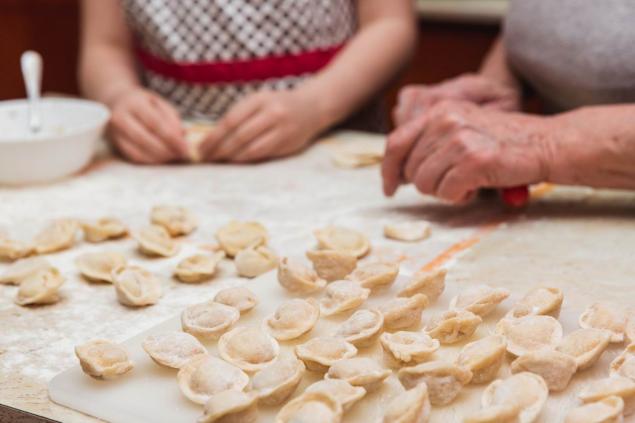
Here is what the writer and publicist Nikolai Yadrintsev wrote about the Siberian fame of dumplings: “Dumplings make up the whole essence of Siberian food, the perfection of culinary art, the object of awe and worship according to the local taste. When dumplings are served, all dishes are panicked and do not dare to appear on the table, those present do not dare to refuse, no matter how much they are served.”
In the postwar USSR, dumplings became widespread - a kind of prototype of modern fast food. Dumplings with vinegar in them cost only 32 kopecks, and with sour cream and butter were already more expensive - 36 kopecks.
What were the Soviet dumplings, you can clearly imagine from the description of the singer and composer Andrei Makarevich. “One of them tears the red-gray cardboard boxes with his hands, dumps the contents into a huge tank, and turns them around with a cook. Steam falls from the tank, floats around the room, settles on dark windows. The second indifferently throws a plate of dumplings on the counter.”
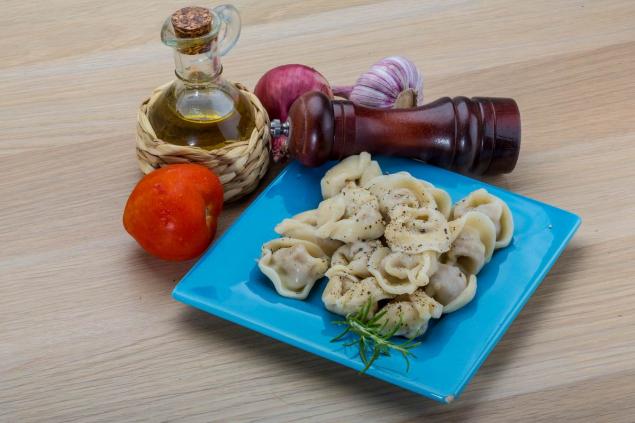
“Sour cream or butter the aunt throws you into the plate herself, and vinegar and mustard are on the tables – vinegar in captured dumpling hands and therefore opaque round decanters, and there is no mustard – it is over...”
Why vinegar? First, taste. Spicy vinegar shades the taste of fatty meat. Second, tradition. It is difficult to say how the Siberians in the XVI-XVII centuries were dealing with sour cream, but mustard and vinegar, in the opinion of Nikolai Ivanovich Kostomarov, “always put on the table as a necessity for dinner.”
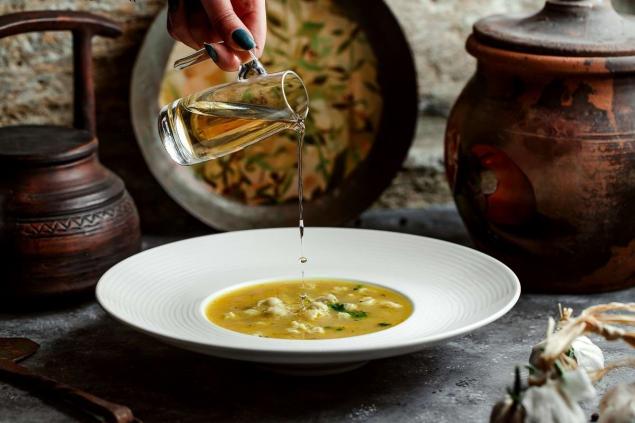
Vinegar to dumplings always used Uzbeks. Vinegar is usually added to Azerbaijani soup with dumplings "Dyushbara".
Third, accessibility. With mayonnaise and ketchup in Soviet times was, to put it mildly, tight. But on each table in dumplings there was a small bottle with diluted vinegar, so such a seasoning was taken for granted.
However, to foreigners, dumplings with vinegar still seem eccentric: I would never have thought of dipping food in vinegar. But it's fucking delicious! I ate a huge portion of dumplings and asked for more supplements. It was really hard to stop eating. Incomparable to anything.”
How to dilute vinegar? The optimal proportion is 1: 3, where 1 part should be vinegar, and 3 parts - vegetable oil. In general, you will need a tablespoon of 9% vinegar, three tablespoons of oil, salt and pepper to taste.
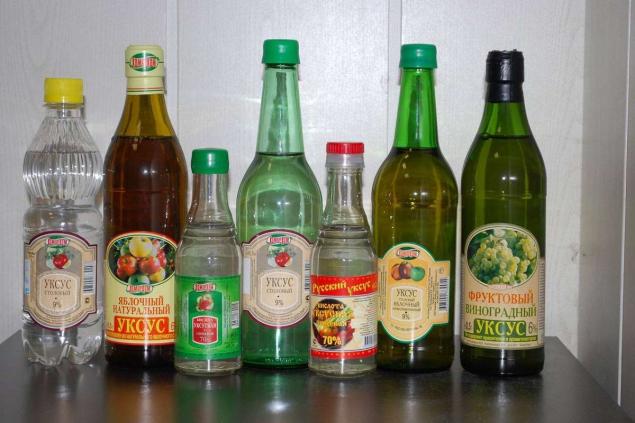
If only 70% of the essence is available, then it must be diluted to the desired state. To do this, you need to take 7 parts of water for 1 part of the essence (you get 9% vinegar) or 10 parts (you get 6% vinegar).
How do you eat vinegar dumplings? Make dumplings. Dumplings extracted from water must be cast on a sieve, let them settle, and excess water drain. Dumplings with vinegar do not require special table setting. Put them on the plate.
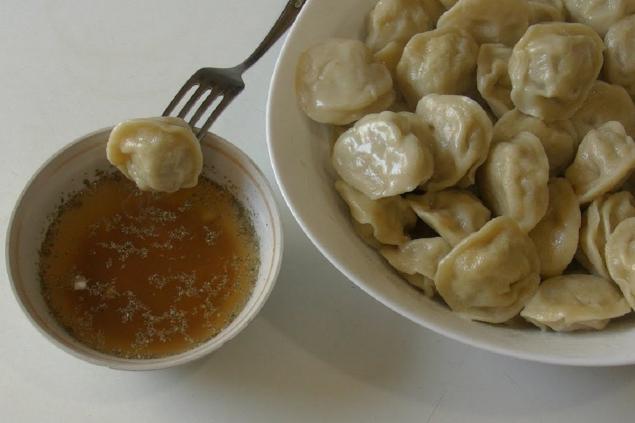
Next, place a plate filled with one of the vinegar sauces, the recipes of which we will share below. Prick each dumpling on the fork and dip it in vinegar. Or pour the whole sauce.
It is important to know that if the sauce was prepared with butter, then it will not be homogeneous: oil and vinegar do not mix. To each "meat ear" evenly covered with all the ingredients of the sauce, swipe them several times over the plate, rotating the fork.
To improve and diversify the taste of dumplings, you can add crushed basil, parsley, dill, cilantro to the sauce. Instead of oil or plain water, try using the broth in which the dumplings were boiled.
You will need 3 cloves of garlic, 2 tablespoons of 9% vinegar, the same amount of soy sauce and broth in which dumplings were cooked.
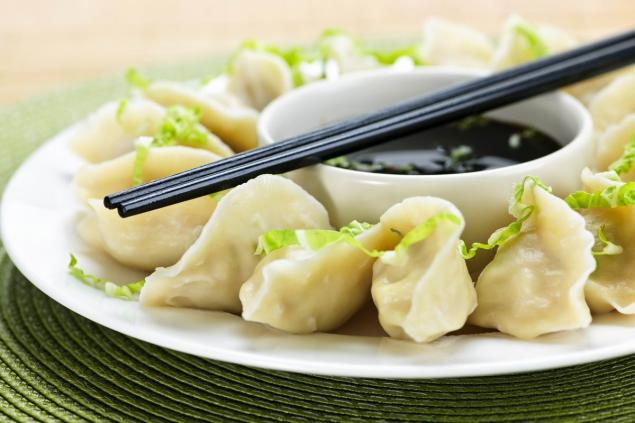
Skip the garlic through the press, mix the strained broth with vinegar and soy sauce. Stir all the ingredients and leave for 5 minutes so that the garlic gives the sauce its taste.
Mixed vinegar sauce Take a tablespoon of 9% vinegar, 2 tablespoons of sour cream, pepper and salt to taste. Put it all together and mix it, salty and peppery. Insist for 5 minutes and serve to the dumplings.
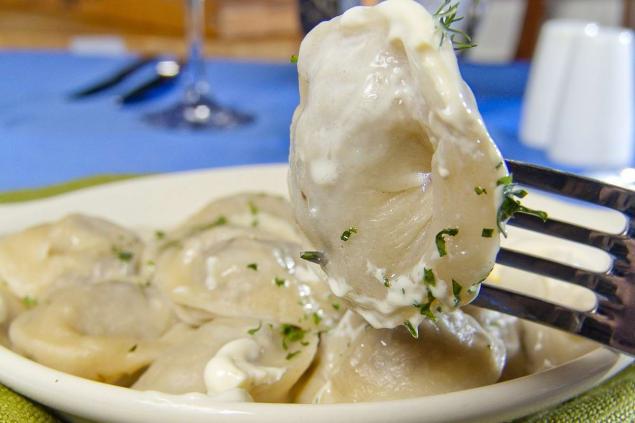
Adjika sauce. You will need a tomato, Bulgarian pepper, three cloves of garlic, 1 tablespoon of 6% vinegar, pepper and salt. Give the tomato boiling water, peel off the skin.
Peel the peppers off the seeds. Grind all the ingredients in a blender or twist in a meat grinder. Add the vinegar and stir.
Who should not eat vinegar with dumplings Pelmeni with vinegar - it is delicious, but is it not harmful? If you yourself made minced meat, made dumplings and you have a healthy body, you can enjoy dumplings with vinegar sauce without fear.
But people with kidney problems, high acidity and inflammatory diseases of the gastrointestinal tract are better to abandon table vinegar. Food safety experts say that natural products can be an alternative: grape, balsamic or apple cider vinegar.
Do not give dumplings with vinegar sauce to children. Even prepared on the basis of 3% vinegar, it will be unnecessarily sharp for children's stomach.

Dumplings both unite and divide people from all corners of our huge country: they are loved everywhere, but in different ways.
This is one of the most important questions for the Russian people.
You eat dumplings.
- listen, kitty (@kiskismeowmeow) January 15, 2020
With vinegar or sour cream, mayonnaise, mustard or butter, ketchup, broth or soy sauce. So many people, so many opinions, and today we will talk about dumplings with vinegar.

Where did they come from, what they say and write, how to dilute vinegar and how to eat dumplings with it, which sauce with vinegar tastes better and who should refrain from such a treat? Answers to all these questions in our article.
Most researchers believe that the birthplace of dumplings is China. But they came to us from the snowy expanses of Siberia and the Urals. Their name dumplings owe the form in translation from Komi-Permyak “pel” is the ear, and “nanny” – bread.

Here is what the writer and publicist Nikolai Yadrintsev wrote about the Siberian fame of dumplings: “Dumplings make up the whole essence of Siberian food, the perfection of culinary art, the object of awe and worship according to the local taste. When dumplings are served, all dishes are panicked and do not dare to appear on the table, those present do not dare to refuse, no matter how much they are served.”
In the postwar USSR, dumplings became widespread - a kind of prototype of modern fast food. Dumplings with vinegar in them cost only 32 kopecks, and with sour cream and butter were already more expensive - 36 kopecks.
What were the Soviet dumplings, you can clearly imagine from the description of the singer and composer Andrei Makarevich. “One of them tears the red-gray cardboard boxes with his hands, dumps the contents into a huge tank, and turns them around with a cook. Steam falls from the tank, floats around the room, settles on dark windows. The second indifferently throws a plate of dumplings on the counter.”

“Sour cream or butter the aunt throws you into the plate herself, and vinegar and mustard are on the tables – vinegar in captured dumpling hands and therefore opaque round decanters, and there is no mustard – it is over...”
Why vinegar? First, taste. Spicy vinegar shades the taste of fatty meat. Second, tradition. It is difficult to say how the Siberians in the XVI-XVII centuries were dealing with sour cream, but mustard and vinegar, in the opinion of Nikolai Ivanovich Kostomarov, “always put on the table as a necessity for dinner.”

Vinegar to dumplings always used Uzbeks. Vinegar is usually added to Azerbaijani soup with dumplings "Dyushbara".
Third, accessibility. With mayonnaise and ketchup in Soviet times was, to put it mildly, tight. But on each table in dumplings there was a small bottle with diluted vinegar, so such a seasoning was taken for granted.
However, to foreigners, dumplings with vinegar still seem eccentric: I would never have thought of dipping food in vinegar. But it's fucking delicious! I ate a huge portion of dumplings and asked for more supplements. It was really hard to stop eating. Incomparable to anything.”
How to dilute vinegar? The optimal proportion is 1: 3, where 1 part should be vinegar, and 3 parts - vegetable oil. In general, you will need a tablespoon of 9% vinegar, three tablespoons of oil, salt and pepper to taste.

If only 70% of the essence is available, then it must be diluted to the desired state. To do this, you need to take 7 parts of water for 1 part of the essence (you get 9% vinegar) or 10 parts (you get 6% vinegar).
How do you eat vinegar dumplings? Make dumplings. Dumplings extracted from water must be cast on a sieve, let them settle, and excess water drain. Dumplings with vinegar do not require special table setting. Put them on the plate.

Next, place a plate filled with one of the vinegar sauces, the recipes of which we will share below. Prick each dumpling on the fork and dip it in vinegar. Or pour the whole sauce.
It is important to know that if the sauce was prepared with butter, then it will not be homogeneous: oil and vinegar do not mix. To each "meat ear" evenly covered with all the ingredients of the sauce, swipe them several times over the plate, rotating the fork.
To improve and diversify the taste of dumplings, you can add crushed basil, parsley, dill, cilantro to the sauce. Instead of oil or plain water, try using the broth in which the dumplings were boiled.
You will need 3 cloves of garlic, 2 tablespoons of 9% vinegar, the same amount of soy sauce and broth in which dumplings were cooked.

Skip the garlic through the press, mix the strained broth with vinegar and soy sauce. Stir all the ingredients and leave for 5 minutes so that the garlic gives the sauce its taste.
Mixed vinegar sauce Take a tablespoon of 9% vinegar, 2 tablespoons of sour cream, pepper and salt to taste. Put it all together and mix it, salty and peppery. Insist for 5 minutes and serve to the dumplings.

Adjika sauce. You will need a tomato, Bulgarian pepper, three cloves of garlic, 1 tablespoon of 6% vinegar, pepper and salt. Give the tomato boiling water, peel off the skin.
Peel the peppers off the seeds. Grind all the ingredients in a blender or twist in a meat grinder. Add the vinegar and stir.
Who should not eat vinegar with dumplings Pelmeni with vinegar - it is delicious, but is it not harmful? If you yourself made minced meat, made dumplings and you have a healthy body, you can enjoy dumplings with vinegar sauce without fear.
But people with kidney problems, high acidity and inflammatory diseases of the gastrointestinal tract are better to abandon table vinegar. Food safety experts say that natural products can be an alternative: grape, balsamic or apple cider vinegar.
Do not give dumplings with vinegar sauce to children. Even prepared on the basis of 3% vinegar, it will be unnecessarily sharp for children's stomach.









